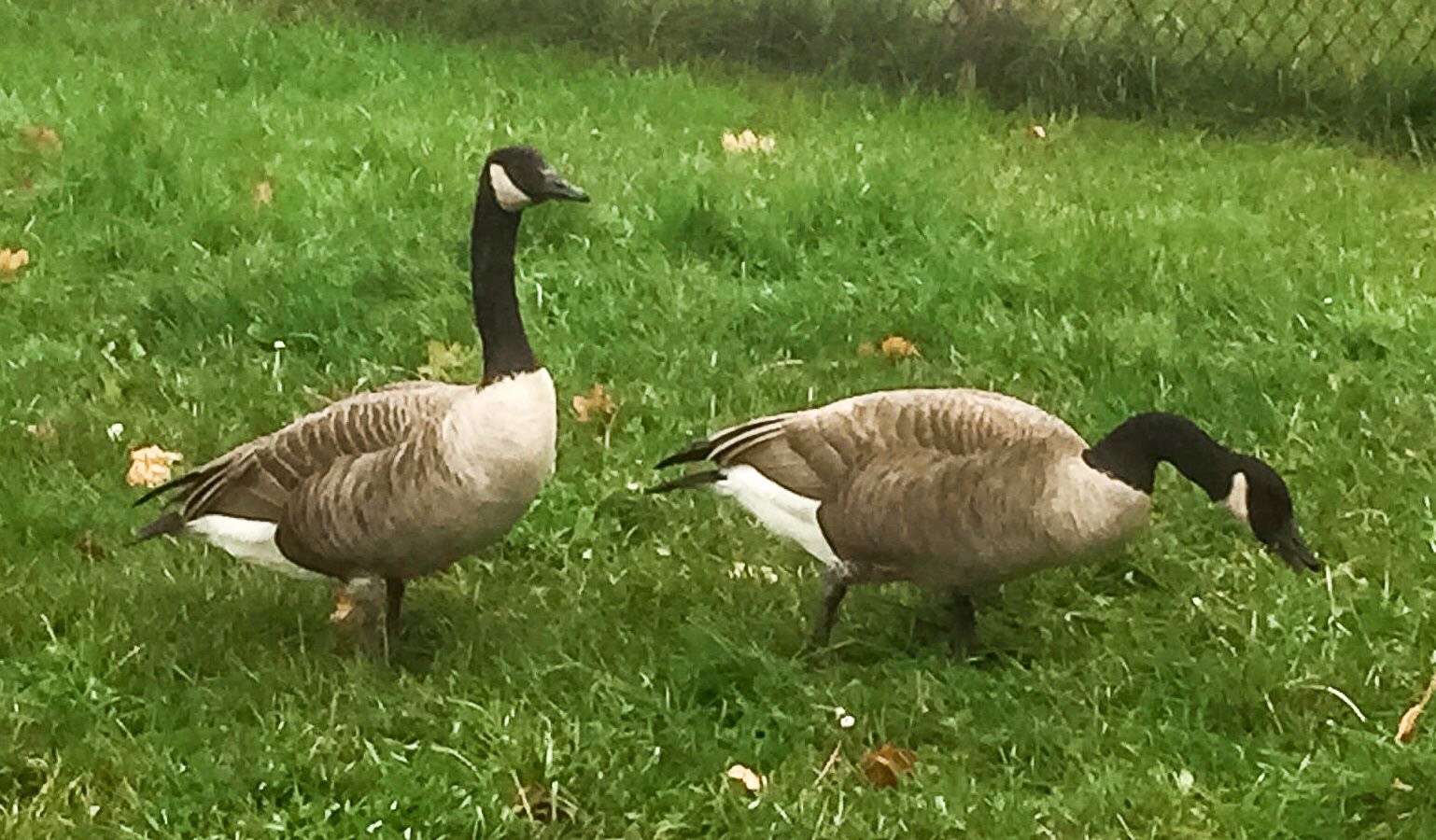Have you ever been approached by a blood-thirsty goose? Have you ever accidentally stepped in a mound of steaming hot goose excrement? Have you ever been glared at by a goose standing on top of the school, and feared for your life? But, most importantly…
Have you ever wondered what the MCI geese do over winter break?
Well, wonder no more! The Beacon is here with your inside scoop on the winter migration patterns of Canada Geese.
Some North American Canada Geese migrate south for the winter season, landing in southern agricultural areas in the United States. Our MCI geese, however, live in what is known as a year-round range, meaning they don’t have to migrate to stay warm in the winter. If you have noticed a particular goosey presence even as the weather has gotten colder, that’s why!
We spoke to Nameless Goose #57, who will be referred to as Geraldine, about her experience spending her holiday season right here at MCI.
“HONK!” Geraldine exclaimed, before flapping her wings aggressively and scuttling away.
My knowledge of the Canadian dialect of Goose is not enough to understand what Geraldine so belligerently honked, but she and her goose friends seem to like it here, so we can interpret that honk as a happy one. Many Canada Geese enjoy grazing on flat stretches of grass , not unlike the fields and lawns of MCI, where they can eat things like leaves and roots. Since the plants eaten by our feathered friends are not very nutritious, they can spend around 12 hours per day eating, which is why you might notice Canada Geese (and their droppings) on the field and lawns quite frequently.
In conclusion, some Canada Geese migrate south for the winter, but ours are likely to stay right at home!
A very Merry Geesemas and a Honky New Year from all the geese at MCI!
Image taken by Nayab Naveed
